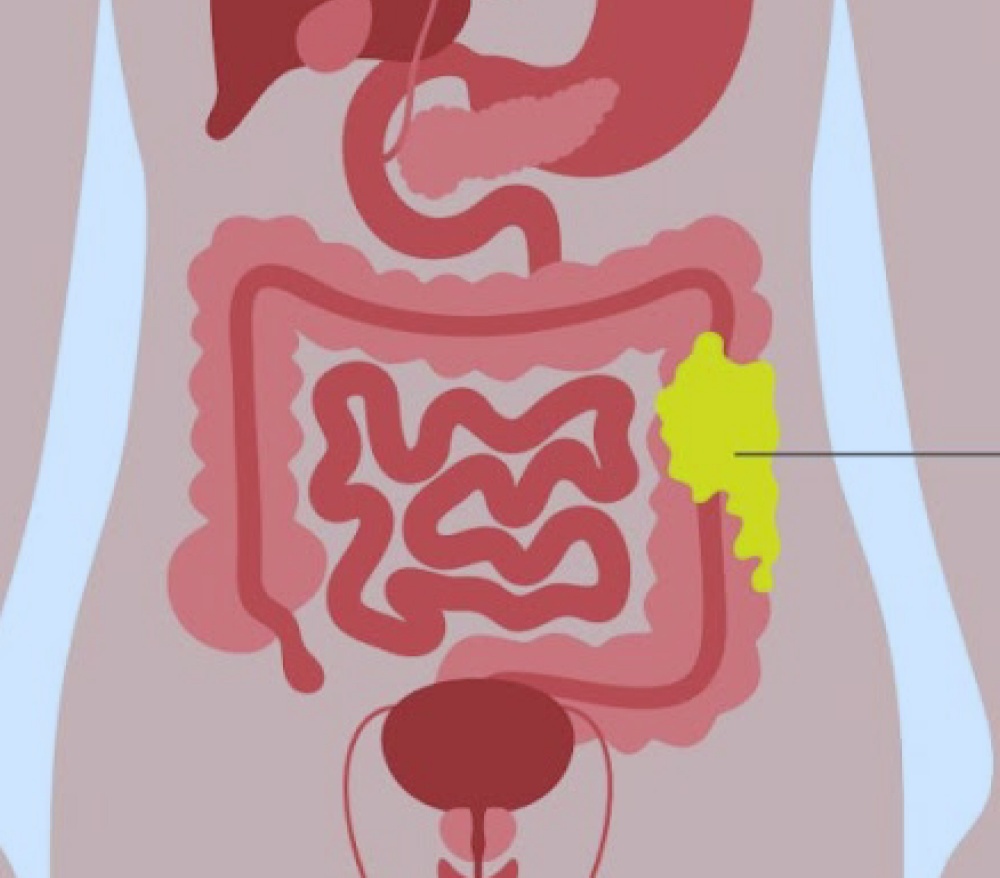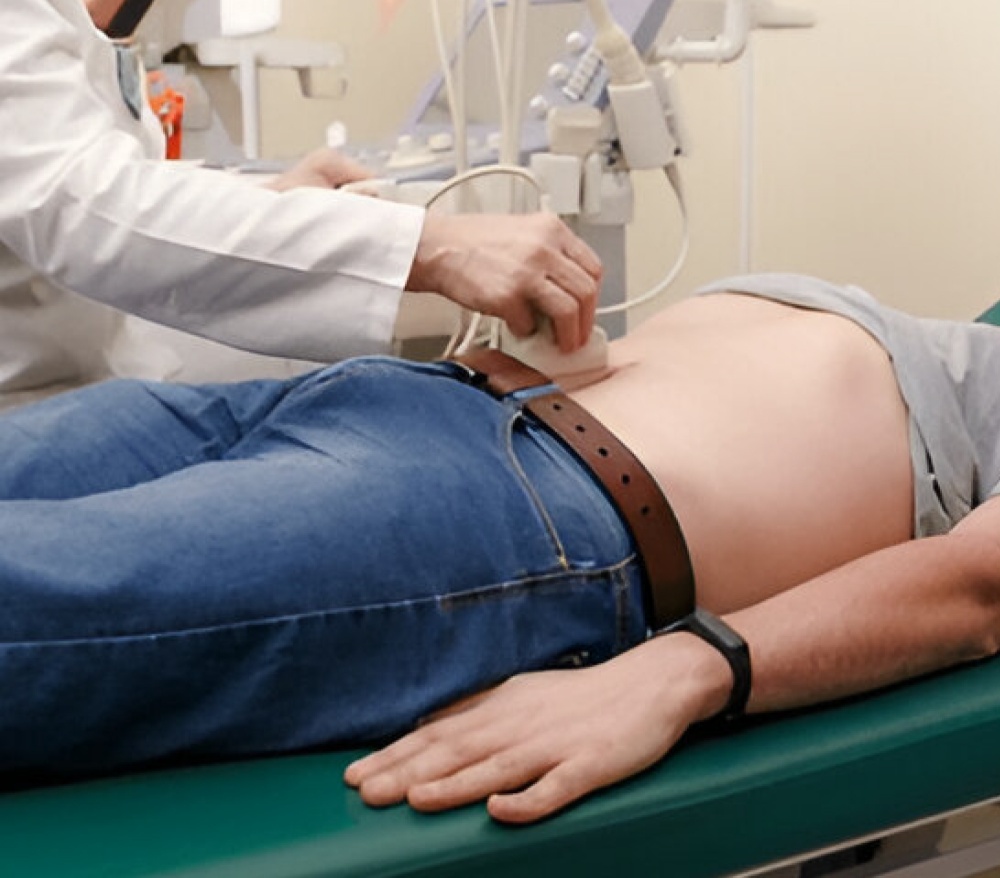Peritoneal Cancer Treatment
Peritoneal Surface
Malignancies

Peritoneal Surface Malignancies
Peritoneal surface malignancies (PSMs) include cancers that originate in the peritoneum (primary peritoneal cancers) and cancers that have spread from other abdominal organs to the peritoneal lining (peritoneal metastases). These complex cancers often require advanced multidisciplinary treatment.
What Are Peritoneal Surface Malignancies?
The peritoneum is a thin, protective membrane that lines the abdominal cavity and covers most abdominal organs.
It contains mesothelial cells that secrete fluid to reduce friction between organs and help regulate fluid and solute exchange between the abdominal cavity and the bloodstream.
Peritoneal surface malignancies may arise: Primarily, such as in malignant peritoneal mesothelioma or primary peritoneal serous carcinoma.
Secondarily, as metastases from abdominal cancers like ovarian, colorectal, gastric, pancreatic, or appendiceal cancer.
Common risk factors associated with Peritoneal Surface Malignancies include:
- Advanced intra-abdominal cancers are the most common source of peritoneal spread.
- Prolonged exposure to asbestos increases the risk of mesothelioma.
- BRCA1/BRCA2 mutations heighten the risk for primary peritoneal serous carcinoma.
- Estrogen exposure, through hormone replacement therapy or oral contraceptives, may contribute to certain rare peritoneal tumors.
- Young Caucasian males may be at increased risk of desmoplastic small round cell tumors.

Symptoms of Peritoneal Surface Malignancies
Symptoms are often vague and can mimic other abdominal conditions. They may include:

Abdominal bloating or distension

Early satiety (feeling full quickly)

Persistent or diffuse abdominal pain

Palpable abdominal masses

Changes in bowel habits, such as constipation

Urinary urgency or difficulty
If you are experiencing persistent symptoms, consult a doctor early for evaluation and diagnosis.
Types of Peritoneal Surface Malignancies
Primary Peritoneal Cancers (Rare):
- Malignant Peritoneal Mesothelioma
- Primary Peritoneal Serous Carcinoma
- Leiomyomatosis Peritonealis Disseminata
- Desmoplastic Small Round Cell Tumor
Secondary Peritoneal Metastases (More Common):
- Ovarian Cancer
- Colorectal Cancer
- Gastric (Stomach) Cancer
- Appendiceal Cancer
- Pancreatic and Gallbladder Cancers


Peritoneal Surface Malignancies Prevention
While there are no guaranteed preventive measures, certain steps can reduce risk:
- Avoid exposure to asbestos in occupational or home settings.
- Routine screenings for high-risk individuals, especially those with BRCA mutations.
- Limit prolonged hormone therapy, unless medically necessary.
- Follow-up regularly with your oncologist if you have a history of abdominal cancers, to detect peritoneal spread early.
Diagnostic Tests for Peritoneal Surface Malignancies
- Physical examination and history: To assess symptoms and any abdominal
abnormalities. - Blood tests and tumor markers: CA-125, CEA, and CA 19.9 can help indicate malignancy.
- CT Scan or MRI: To evaluate the extent and spread of disease.
- PET-CT Scan: Used to detect distant metastasis outside the peritoneal cavity.
- Diagnostic Laparoscopy and Biopsy: Allows direct visualization, calculation of the Peritoneal Carcinomatosis Index (PCI), and tissue sampling for confirmation.

Treatment Options for Peritoneal Surface Malignancies
Treatment is complex and tailored based on cancer type, disease extent, patient condition, and prior treatments. A multidisciplinary team including surgical oncologists, medical oncologists, radiologists, and pathologists typically collaborates to create a personalized plan.
- Complete surgical removal of visible tumors (CRS).
- Direct delivery of heated chemotherapy into the abdomen (HIPEC) during surgery.
- This method improves drug absorption, reduces systemic toxicity, and can overcome
chemotherapy resistance.
- In this technique, a catheter port is used to deliver chemotherapy directly into the abdominal cavity post-surgery or as neoadjuvant treatment.
- It is particularly helpful in gastric cancer or pseudomyxoma peritonei, where systemic drug delivery is less effective.
PIPAC is a minimally invasive, day-care procedure that delivers aerosolized
chemotherapy under pressure. It ensures even drug distribution and is ideal for:
- Patients with inoperable or recurrent peritoneal disease
- Symptomatic relief (e.g., ascites)
- Potential conversion to surgery in select responders
Often used in conjunction with other treatments or in cases not amenable to surgery.
Advances in targeted agents and immunotherapy continue to improve outcomes for selected patients.




